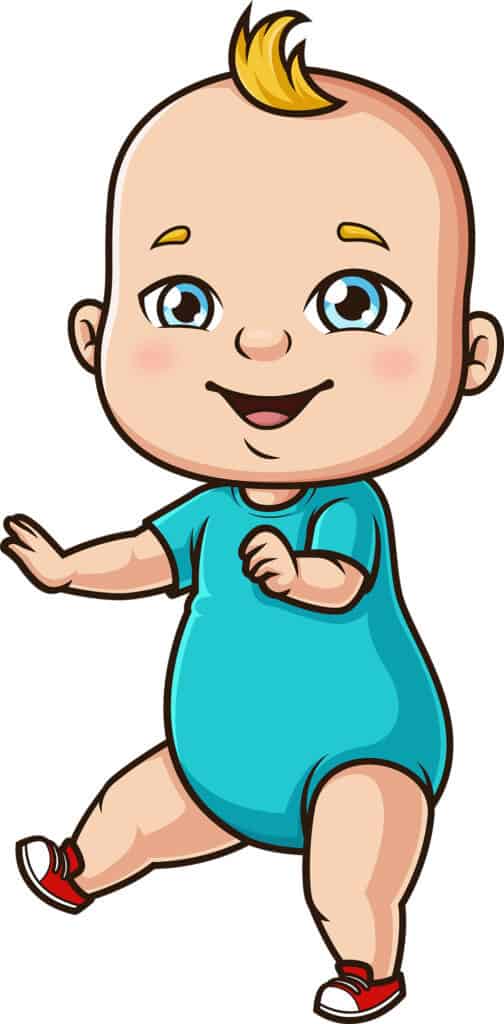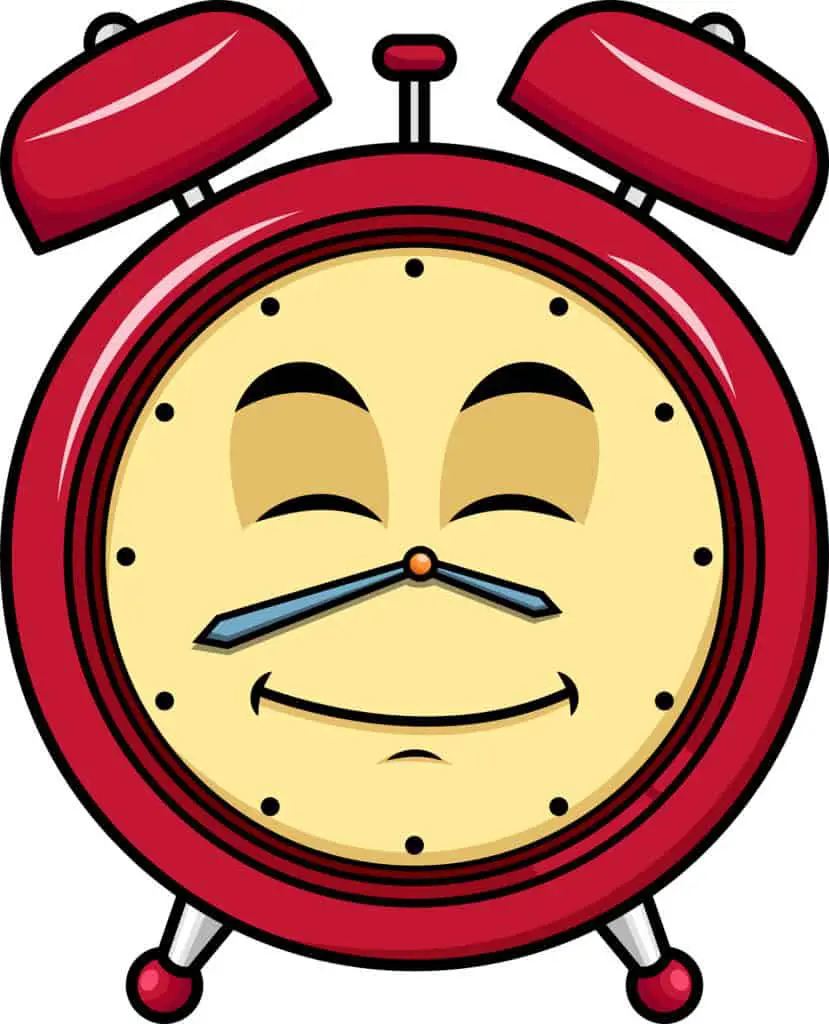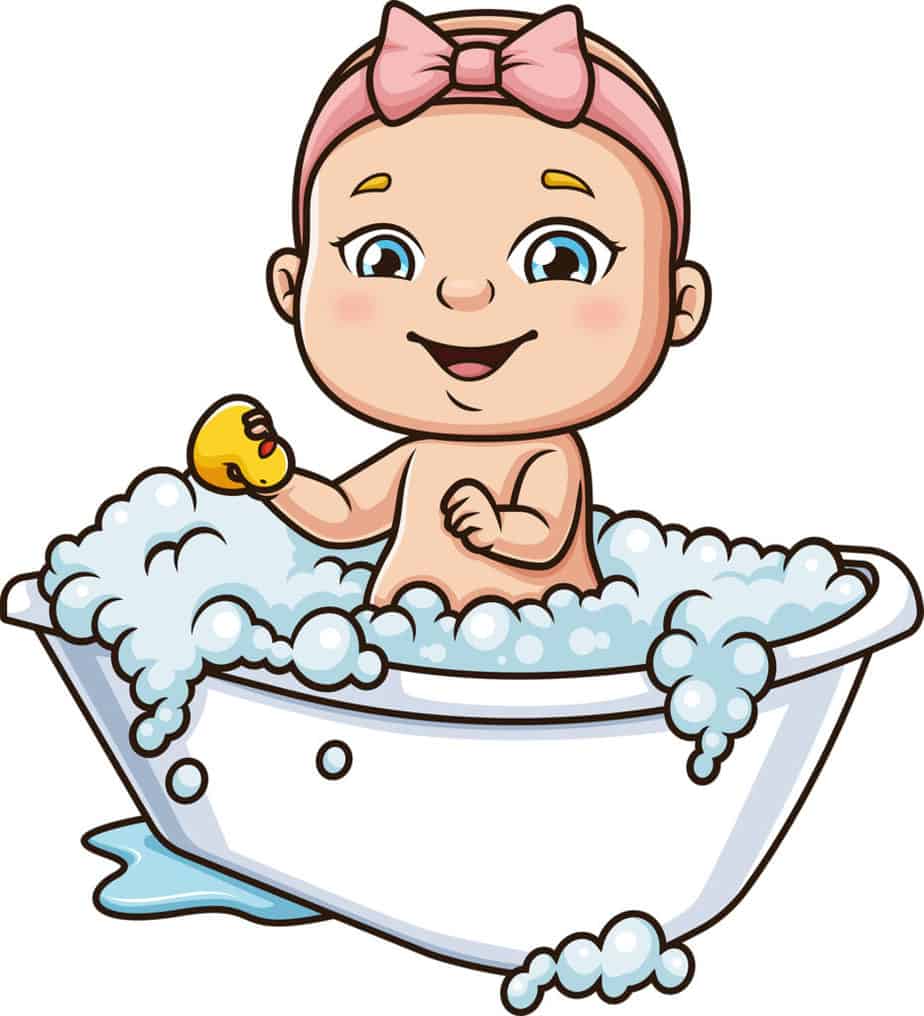
Technology continues to make the world a smaller place than ever before, so it’s a great idea to consider teaching your baby a second language. From cognitive to interpersonal skills, there’s an array of benefits to being bilingual. The difficult part is making sure your child not only retains the language but also speaks it seamlessly.
The best time to teach a second language to a baby is in their first year of life – in other words, as soon as possible. Research has shown that the brain is highly sensitive up to three years old and extremely adaptive to acquiring speech and language skills.
Some might question whether or not teaching their child a second language in the early years is safe for their developmental process, but the National Institute of Deafness and Other Communication Disorders has shown that it poses no risk for most children. Read on to explore a handful of techniques and methods that can make the learning process a lot easier.
Contents
- 1 Babies Learn a Second Language Best Before Age 1
- 2 Best Techniques to Teach a Baby a Second Language
- 3 Benefits of Teaching a Second Language to a Baby
- 4 False Beliefs in Teaching a Second Language to a Child
- 5 Which Language is Easiest to Teach a Baby?
- 6 The Final Talking Point on Best Time to Teach a Second Language to a Baby
Babies Learn a Second Language Best Before Age 1
By 12 months old, a baby generally tunes in on whatever language they have been exposed to the most. Most of the time this means the language of their parents, or the primary language spoken in the household. For families that regularly switch between two languages, babies can effectually have a bilingual base. This can be cultivated.
It’s essential to expose a second language early on in a child’s life because, by around eight months old, children gain the capability to distinguish their native and second language as well as other sounds in their environment.
The majority of research suggests that getting your child started earlier is best, but it doesn’t necessarily need to be introduced before they are one year old. Some research concluded that children can begin to acquire a second language at age 6 or 7. However, it’s highly suggested to implement another language before they hit puberty because of continuous brain development and changes.
Can adults learn languages? Of course they can. This is even true of people above the ages of fifty and even sixty years old. Yet, the research done in the area of brain function and language learning suggests that the earlier you get started the easier and thus faster the language can be acquired.
Best Techniques to Teach a Baby a Second Language
There are many ways to get your baby to be a bilingual superstar. Before you get started, it’s important to note that teaching any language, to anyone, at any age, can be tricky. There are methods that work and methods that simply frustrate the learner. Sometimes how we learn is not necessarily how we think we learn.
However, it just might be a little easier with babies because of their brain’s innate ability to adapt to new environments. We have all heard the saying, “Kids are like sponges.” We also know that they tend to pick up even the things we wish they didn’t.
Keep in mind that everybody is different, and while one way to teach a baby a second language might work for most, it might not necessarily work for your child.
Always reflect upon what’s working and what’s not in your child’s particular situation and adjust as necessary. There are techniques that are more successful than others for the majority of kids, but there are always those children that are responsive to variations of them or even completely other strategies. As a parent, this is where you come in. You know your child better than anyone.
The Earlier, the Better

The best time to start teaching your child a second language is as soon as possible. Babies develop their communication skills as early as six months old, so it’s recommended to start integrating both their native tongue as well as the language you’re trying to teach them. This is sometimes called acquiring rather than learning a language.
The method at this age is more developed around pure exposure than deliberate contemplative repetition. To prepare them for the point in which they can distinguish between the two, much input is needed in both the primary and secondary language.
As your child approaches 12 months, it’s likely that their brain has developed to a stage where they can distinguish differences in their surroundings, including languages and tones. If you begin to teach your child a second language during this critical age, your child will likely be very successful in retaining a new language.
The Musical Method
Music has no bias: children respond to melodies just as much as adults do. By incorporating songs and nursery rhymes to engage your child’s learning and listening skills, they’ll have an easier time memorizing and applying these new words to their lives.
Remember, kids will also have preferences just like adults. They will be drawn to specific kinds of melodies and rhythms due to age and personality. This is normal and knowing your child here is important.
Though you as the parent may be drawn to the latest pop, rap, or rock music in a target language, this doesn’t mean your child will be. You may just have to endure the more child friendly and usually very repetitive nursery rhymes.
Music is a universal language–when there’s a good rhythm, our subconscious minds cause us to feel a certain emotion, bob our heads, and even sing if the lyrics are catchy. Babies are no exception!
There are tons of free e-learning videos online that incorporate music and language together; YouTube is an excellent resource. Of course the quality of one video to the next will vary, sometimes to a wide degree so it is important not to simply turn on a suggested playlist. If you take the time to make your own playlist and vet each of the videos, this could be an invaluable resource.
As well, there are many children’s bilingual musical books that are both inexpensive and interactive, such as these from Amazon, that I like and work well. If you are wanting your child to become bilingual, your interaction with them is the most important ingredient. They want your attention and will respond better to most things if your time is included.
Avoid Distractions
You’ll want to immerse your child in the new language in a distraction-free environment so that they have your full attention. Avoid practicing while the TV is on and toys are out; sometimes the learning process is a little harder even when books have too many illustrations.
This isn’t to say that videos, television shows, or language learning toys are not useful. The point is that these become things they can do on their own as opposed to more directed or intentional activities. If you are spending your time, you will want it to be effective.
Try to find moments in the day to practice with your children, like at the grocery store picking up apples and bananas or during bath time, while engaging their sense of touch and smell. For example, colors and numbers are easy while driving due to their simple designations.
Another example is in the tub, starting with simple words like water, bubbles, soap will do the trick, but try one word at a time!

Benefits of Teaching a Second Language to a Baby
There are benefits for both parent and child when it comes to teaching a second language to your baby. You might also like to read this other article I’ve written on the subject, found here.
According to the Spanish Immersion Workshop, when children are raised bilingually, they gain advanced cognitive, creativity, and problem-solving skills. And this is true regardless of the second language. There are many preschools that are designed with this concept in mind. There are bilingual Spanish, German, French etc. preschools the implement this idea.
In the long run, this can boost your child’s academic performance because of their advanced reading and writing skills.
- Brain power. Your child will gain cognitive and critical-thinking skills
- Compassion and acceptance. By understanding another language, you’re also beginning to understand another culture––which is very important in becoming a competent and tolerant individual. You can effectively communicate with another culture and society and have the opportunity to build bridges to beautiful friendships and connections.
If you don’t have a dual-language household, don’t fear! Monolinguistic parents can learn a new language with their child. This can be another fun bonding experience for parent and child.
Tip: When using two languages at home, avoid mixing languages mid-sentence around your child to avoid confusion as they adapt to their native language. Designate for example Spanish times or German times versus times for your native tongue.
False Beliefs in Teaching a Second Language to a Child
For as often as we hear that our babies are like “sponges,” ready to learn everything and anything, you may also have heard some of the following rumors or myths about language learning at a young age. Keep in mind, these are things we have probably all thought at one time or another. It is simple misinformation and not totally the fault of those that hold to them.
My Child Will Get Confused
Teaching a second language to a child does not cause any type of language handicap. As long as you don’t totally deprive your child of their native tongue, they’ll successfully acquire both languages as they mature.
The misconception of impairing children’s language development stems from old studies that are not up to date with today’s societal structure. Our world – and our neighborhoods – are much more diverse than they have ever been, and it follows that second-language learning is a natural part of our modern world.
Take European communities for example with their increase concentration of varied languages. Many children grow up with language learning as part of their every day experience. This has happened for centuries. Most European societies are strongly bilingual and even trilingual.
Now, remember, this doesn’t mean there aren’t exceptions. Just like we said in the beginning that what works for most, might not necessarily work for all. For example, when our twins were babies, we had a Spanish-speaking nanny while I worked outside the home as a public school teacher.
The twins were born prematurely, and one has special needs. Both were linguistically-delayed and not meeting milestones by age 3. At this point, our pediatrician recommended we discontinue their Spanish immersion and instead put them in an English-focused preschool.

Now this doesn’t mean they weren’t able to learn a second language, just that in their special, unique case, we postponed second language learning a few years. Their situation is one of those that we as parents had to adapt to, because we paid attention to their specific needs.
There is a Small Age Window to Teach
You can still teach your child a new language even after the first few years of their life. Studies have shown that children have the easiest time developing a new language throughout their childhood, up until the age of ten. Not only are their brains more receptive in these stages, they simply haven’t filled their brains with as many ‘distractions’ as adults have.
For best practice, repetition is important. So even after their initial introduction to a second language, continue to add on to their vocabulary throughout their primary education. Every step counts along the way to learning a new language. You may have to disguise the repetition to make it more palatable, but there simply is no substitute.
Learning a New Language Happens Rapidly for Children
Lastly, you should be realistic with the goals you make for your child. Although there are handfuls of techniques that seem easy, each child is different and has access to different resources. Create realistic short and long-term goals that you and your child can work towards.
On top of learning speech, children are also adapting and picking up environmental stimuli, as well as their motor, social, and other cognitive skills.
Rapidly here is more of a subjective use of the word though. Language learning takes time no matter the age. Remember that to become an expert at a native language, it usually takes 4 to 7 years for children. Sure, conversational fluency may only take a couple years, but you can see that ‘rapid’ is still relative.
Which Language is Easiest to Teach a Baby?
The truth is: there’s no one right answer in deciding which language is easiest to learn. It ultimately comes down to the parent’s choice, if the child has an interest, or whether or not you plan on moving out of your home country and need to learn another language.
Another thing to consider is motivation. My husband started and stopped several languages before he found the one that motivated him enough to continue on to fluency. It took family heritage, an affinity for the culture, and enough interesting input material for him to find the long lasting motivation.
However, this study broke down the top three languages to learn for native English speakers.
Latin-derived languages make it easier for English speakers to learn because the pronunciation of letters and the alphabet used are similar, making acquisition more accessible.
| Language | Worldwide Usage | Average Time for Adult Proficiency with Regular Study |
| Spanish | 142 million | 23-24 weeks |
| Portuguese | 176 million | 23-24 weeks |
| French | 75 million | 23-24 weeks |
Remember, “proficiency” isn’t fluency. To become fluent takes time, dedication, and practice. Some refer to proficiency as “conversational fluency”. However you term it, there is a difference in being able to use the language effectively and becoming an expert with it.
Proficiency is a measure of the ability to understand and speak a language.
For a very young child, proficiency in a language will take closer to two years to achieve. But being proficient in more than one language by two or three years old is quite an accomplishment!
By planning ahead, you will greatly help you and your child navigate through new places with ease and comfort. For example, if you or your spouse are members of the military or any profession that requires frequent travel, it’s important to note where you and your family could potentially move to, in or out of the country
The Final Talking Point on Best Time to Teach a Second Language to a Baby
Teaching a second language to a baby has its challenges, but overall, it is very beneficial to you and your child to start within the first year. Consider being proactive in deciding which language to teach, get creative in your teaching methods, and be patient as you go.
Your child will be 5 years old when the time comes as a monolingual kid or as a bilingual one. The choice really is up to you. Your baby is too young to make those choices on their own. It takes a dedicated parent to ensure that children are brought up from infancy to understand and speak multiple languages.
So, what will you choose?
